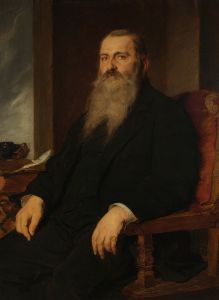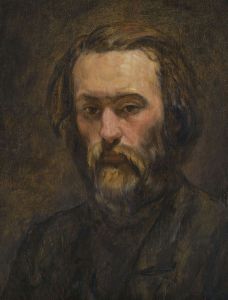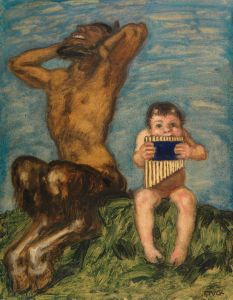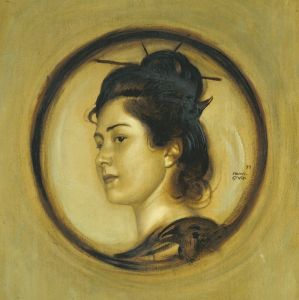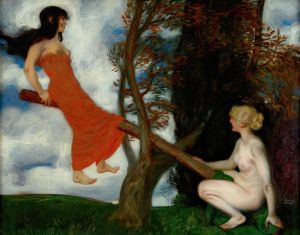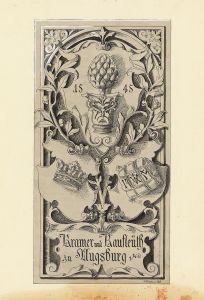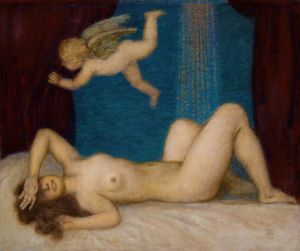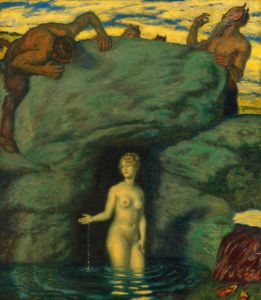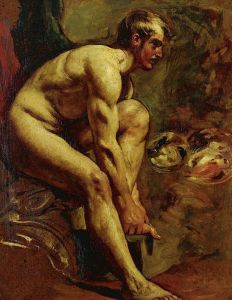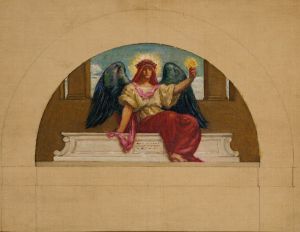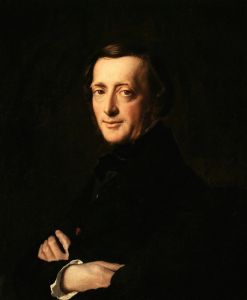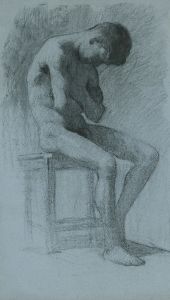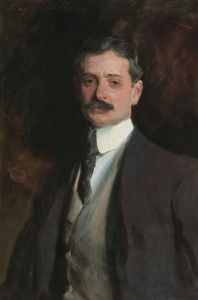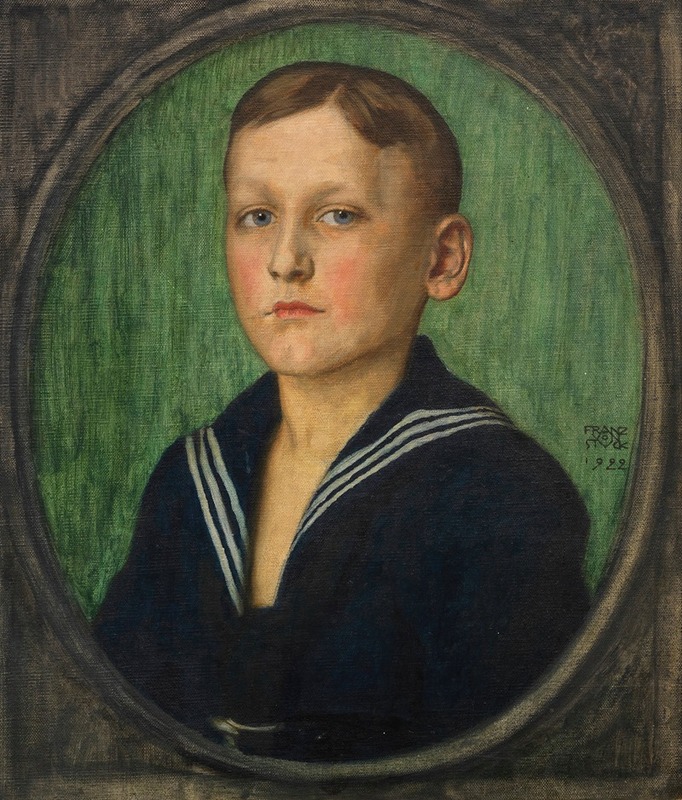
Knabenbildnis
A hand-painted replica of Franz von Stuck’s masterpiece Knabenbildnis, meticulously crafted by professional artists to capture the true essence of the original. Each piece is created with museum-quality canvas and rare mineral pigments, carefully painted by experienced artists with delicate brushstrokes and rich, layered colors to perfectly recreate the texture of the original artwork. Unlike machine-printed reproductions, this hand-painted version brings the painting to life, infused with the artist’s emotions and skill in every stroke. Whether for personal collection or home decoration, it instantly elevates the artistic atmosphere of any space.
Franz von Stuck was a prominent German painter, sculptor, and printmaker, known for his role in the Munich Secession movement and his contributions to Symbolism in art. One of his lesser-known works is "Knabenbildnis," which translates to "Portrait of a Boy." While there is limited information available specifically about this painting, it is possible to provide some context based on Stuck's broader body of work and his artistic style.
Franz von Stuck was born on February 23, 1863, in Tettenweis, Bavaria. He showed an early interest in art and went on to study at the Munich Academy of Fine Arts. Stuck gained recognition for his mythological and allegorical subjects, often infused with a sense of mystery and eroticism. His work is characterized by a strong use of line, dramatic contrasts of light and shadow, and a rich, often somber color palette.
Stuck's portraits, including "Knabenbildnis," typically reflect his interest in capturing the psychological depth and character of his subjects. While specific details about "Knabenbildnis" are scarce, it is likely that the painting exemplifies Stuck's skill in rendering the human form with a sense of introspection and intensity. His portraits often convey a sense of stillness and contemplation, inviting viewers to engage with the inner world of the subject.
During the late 19th and early 20th centuries, Stuck was a central figure in the Munich art scene. He co-founded the Munich Secession in 1892, a group that sought to break away from the traditional academic art institutions and promote modern art. The Secessionists were part of a broader European movement that included similar groups in Vienna and Berlin, all advocating for artistic innovation and freedom of expression.
Stuck's influence extended beyond his paintings. He was also an accomplished architect and designer, and his Villa Stuck in Munich, which he designed and decorated himself, stands as a testament to his artistic vision. The villa, now a museum, houses many of his works and provides insight into his multifaceted approach to art and design.
"Knabenbildnis," like many of Stuck's works, would have been created during a period when portraiture was evolving. Artists were increasingly interested in exploring the psychological and emotional dimensions of their subjects, moving away from purely representational depictions. Stuck's ability to imbue his portraits with a sense of mood and narrative aligns with this broader trend in art.
While specific exhibitions or collections featuring "Knabenbildnis" are not well-documented, Stuck's works are held in various museums and private collections worldwide. His contributions to art have been recognized in numerous retrospectives and exhibitions, highlighting his role in shaping modern German art.
In summary, "Knabenbildnis" by Franz von Stuck is a reflection of the artist's broader interests in symbolism, psychological depth, and the human form. Although detailed information about this specific painting is limited, it can be appreciated within the context of Stuck's significant impact on the art world during his time.





